This project started as a way to read the temperature via Bluetooth from a reflow oven, that has no external connectivity options. This then went down the path of decoding the device's LCD data as it streams in from the device:
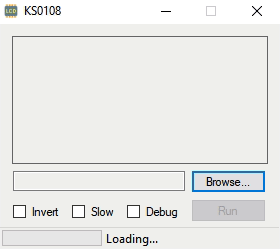
With the ability to decode this LCD data sorted, the next logical step was to miniaturize the components, so it could parasitically clamp onto any device's LCD cable and stream the data to an external device:

There have been a few challenges along the way, but this won't hinder the development of a device that will breath new life into locked down, feature deprived hardware.
All DoMSnif code on these project pages or subsequent code repositories are licensed under the GNU General Public License (GPL) unless otherwise stated. Documentation on these project pages are licenced under the Creative Commons Attribution-Share Alike 4.0 license.
 Blecky
Blecky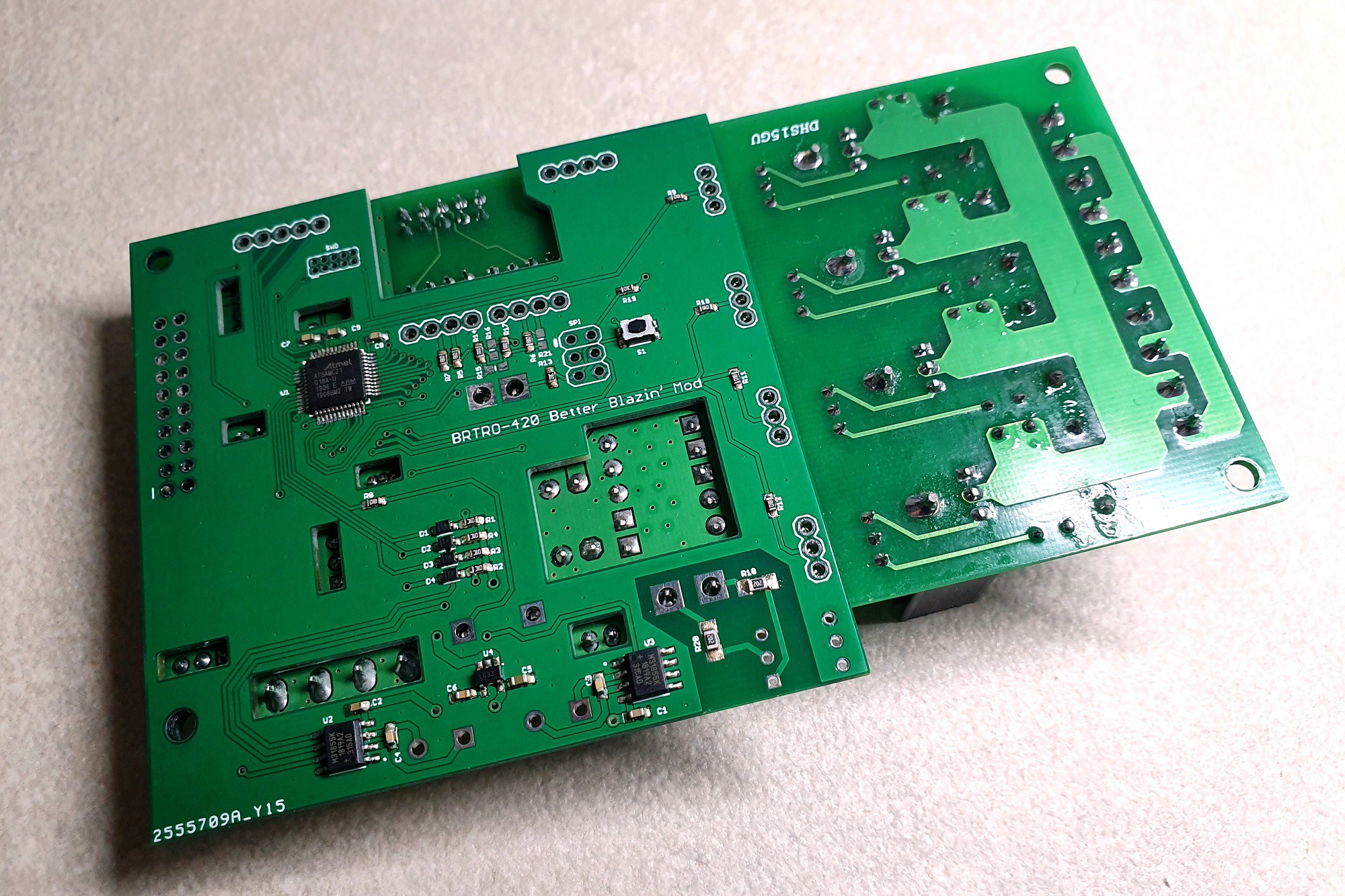

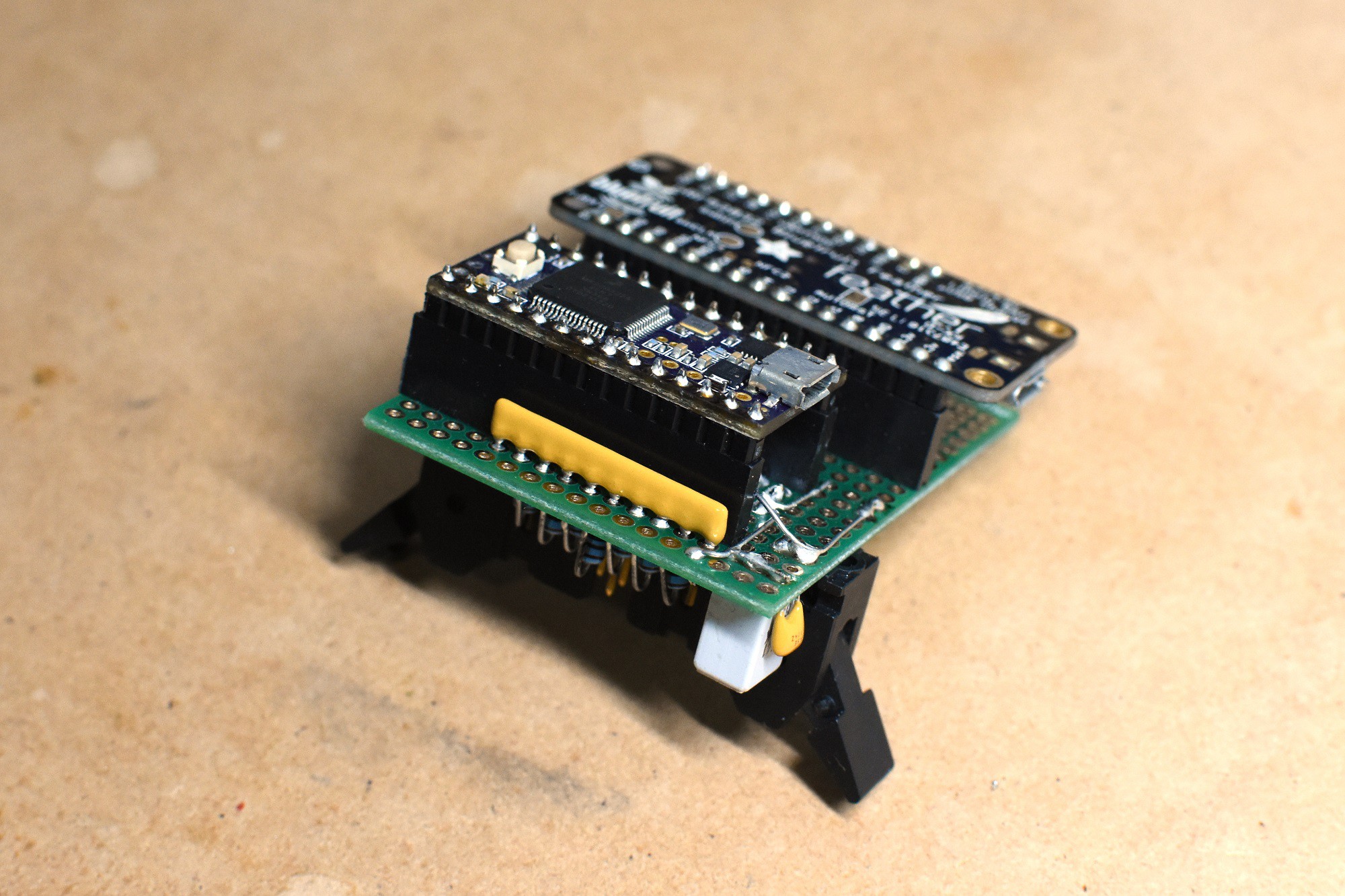


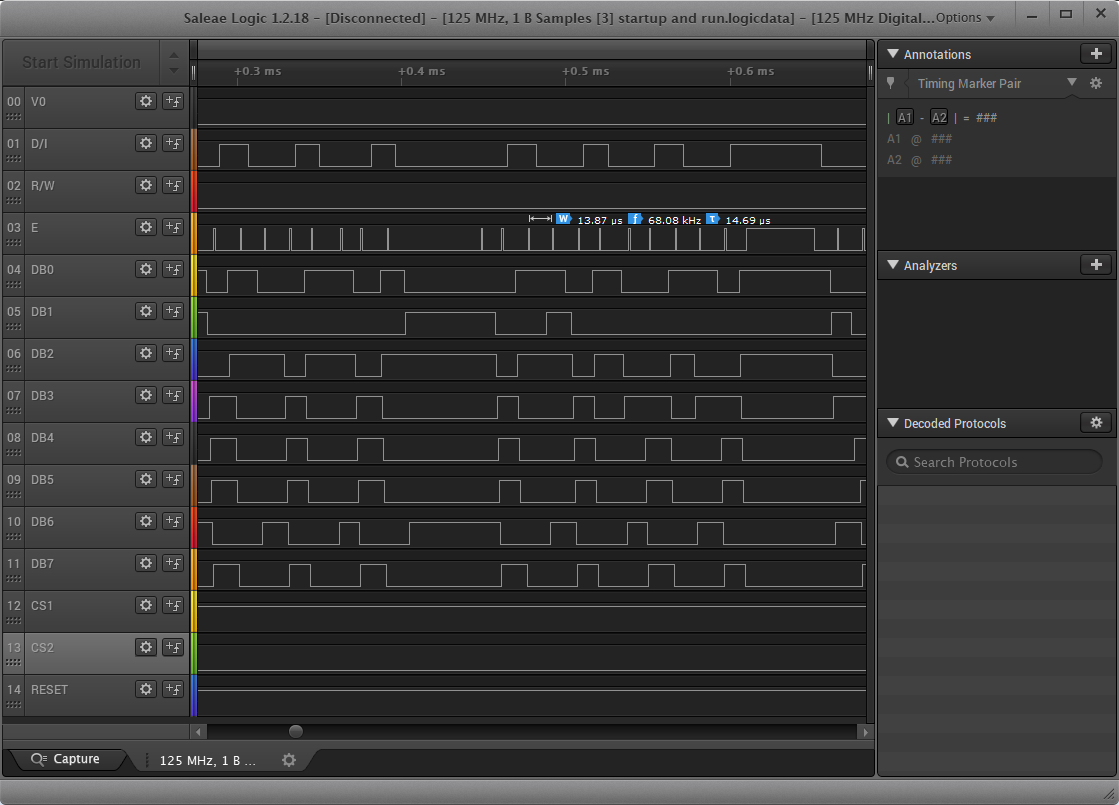
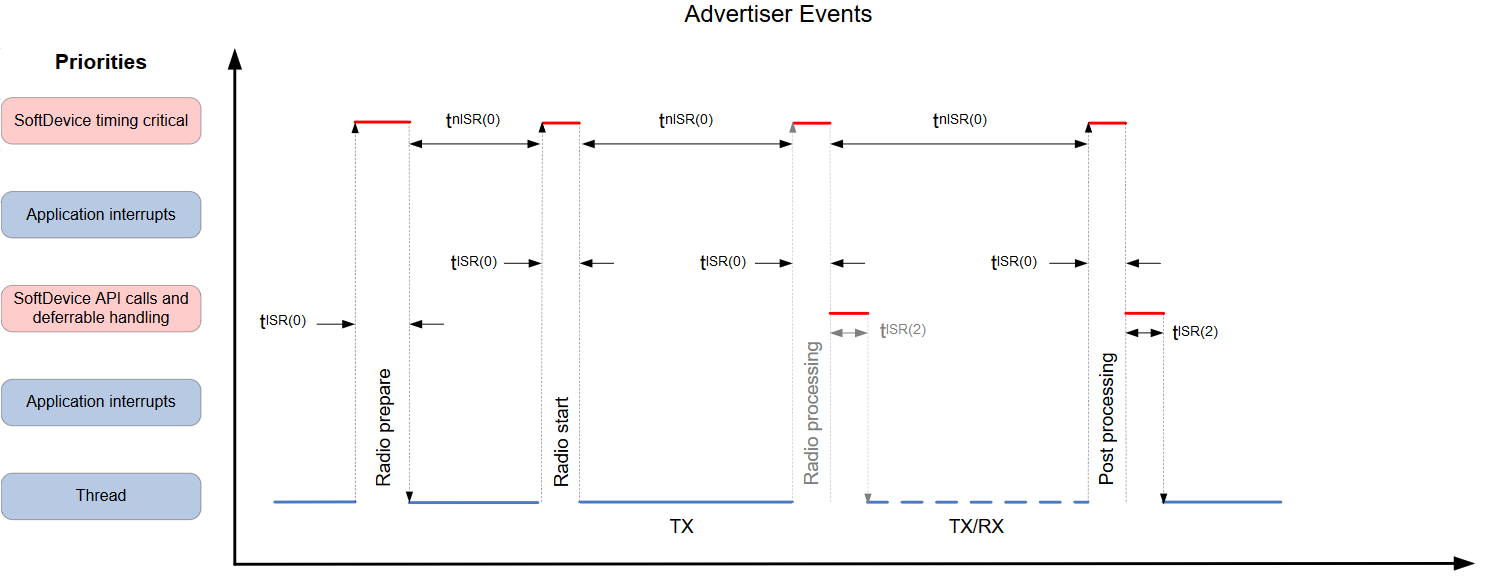
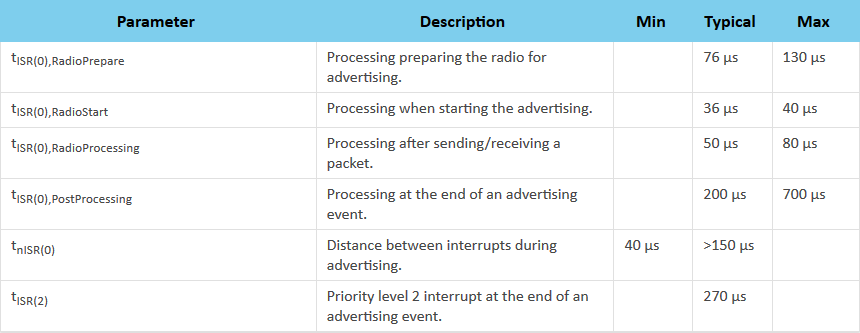
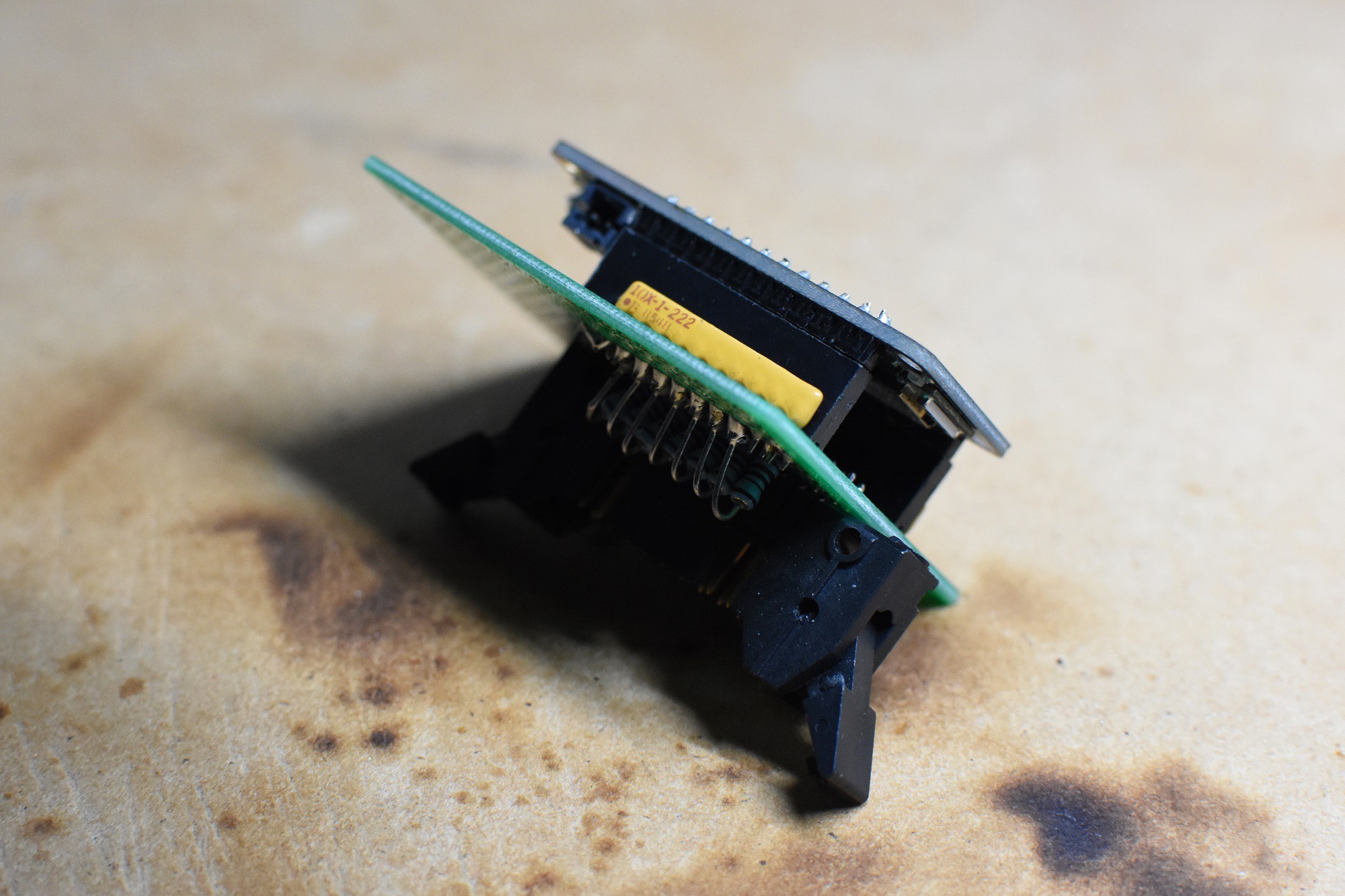
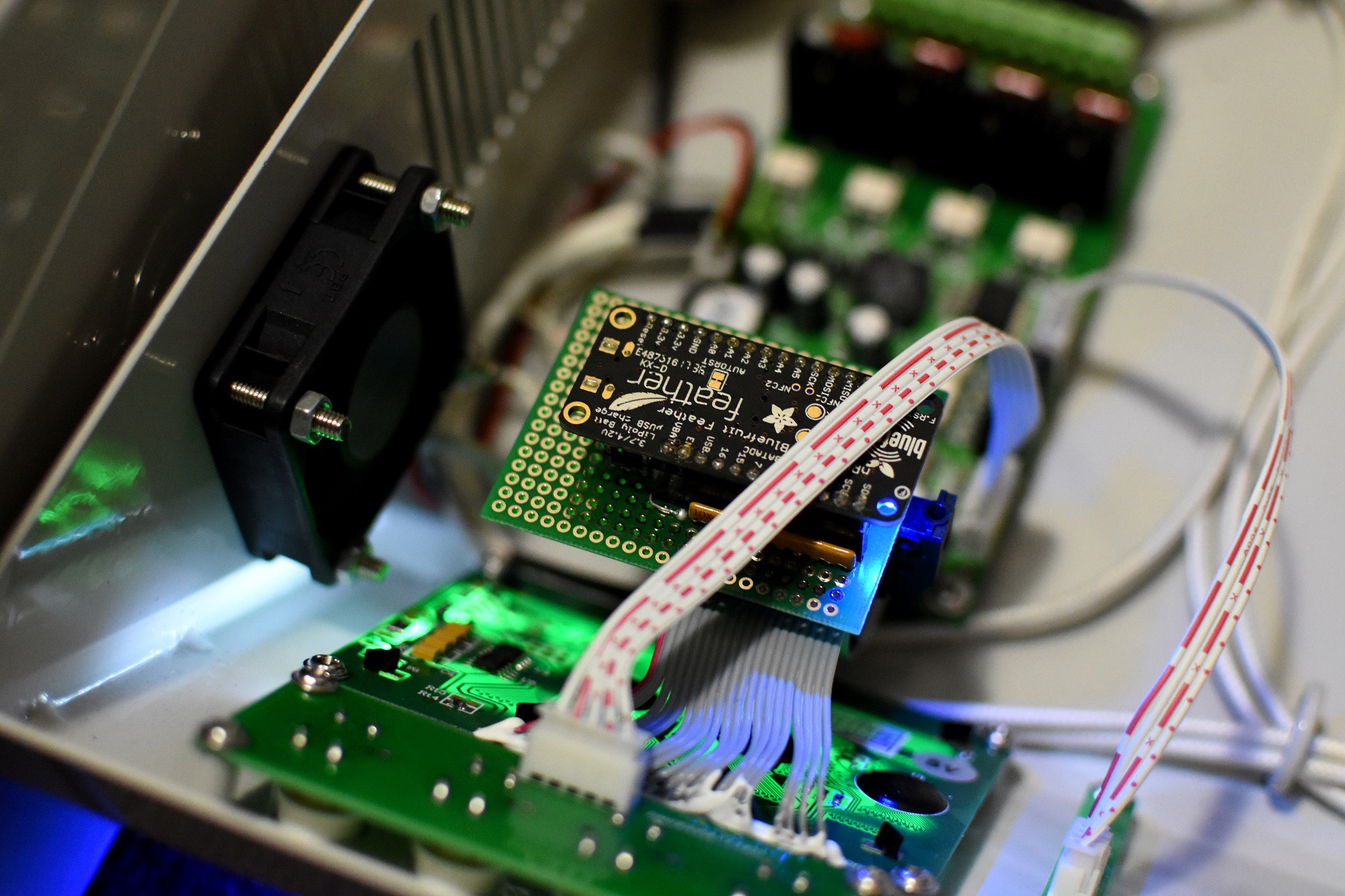
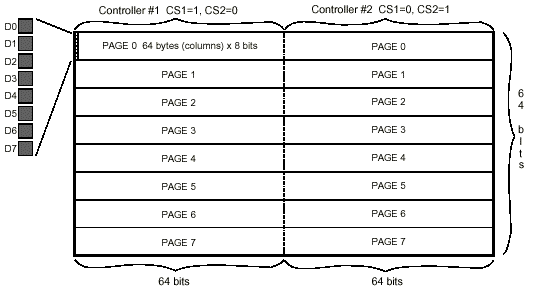
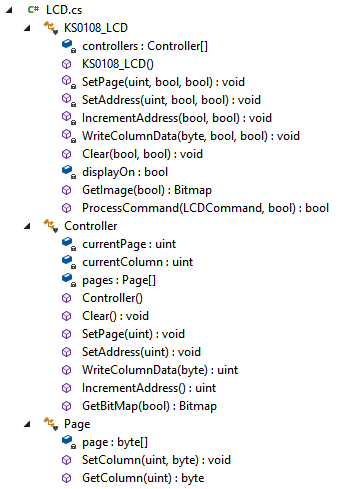
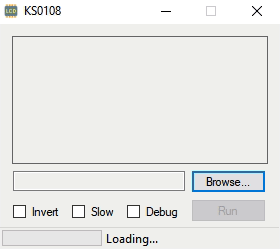
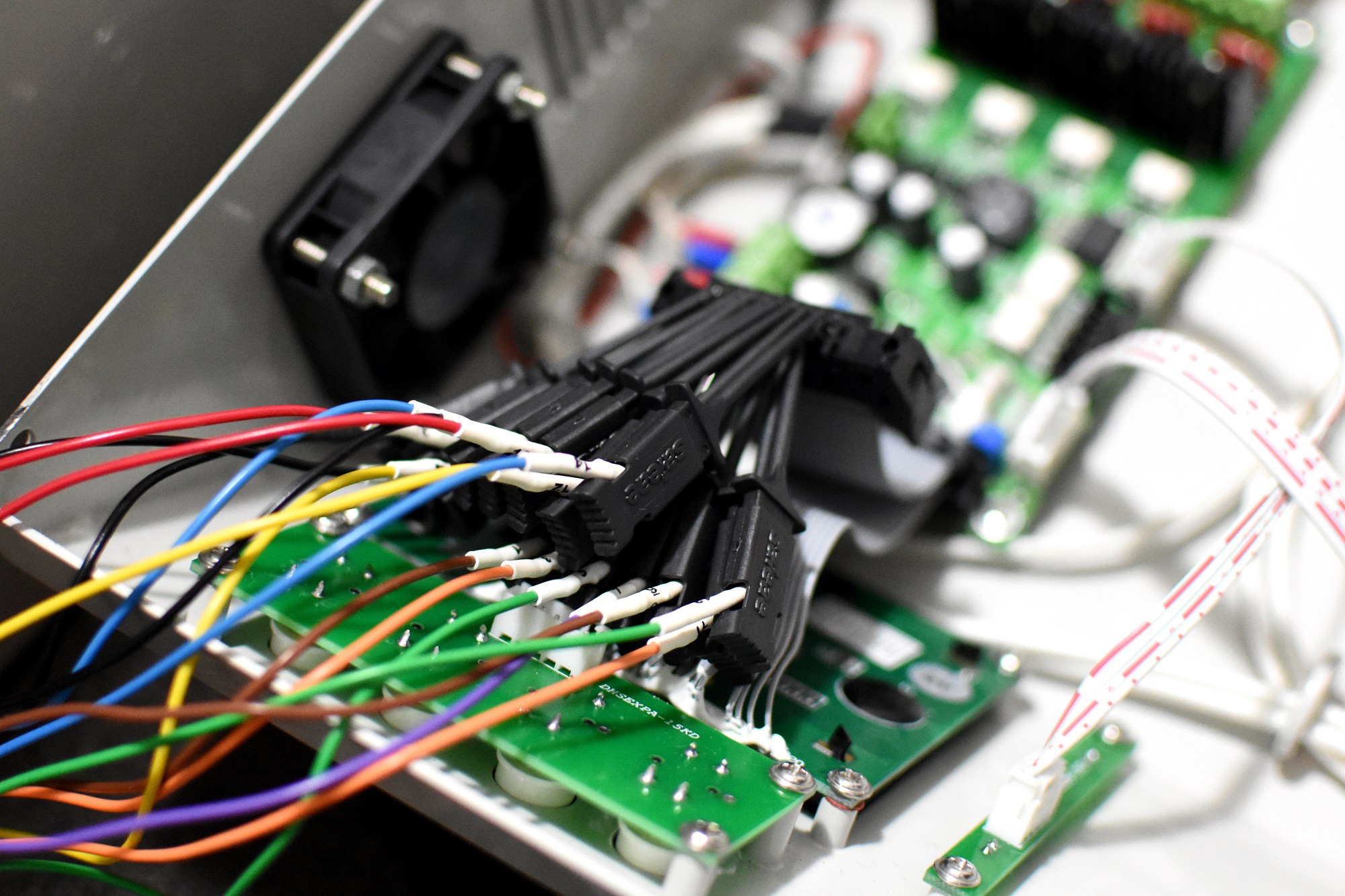
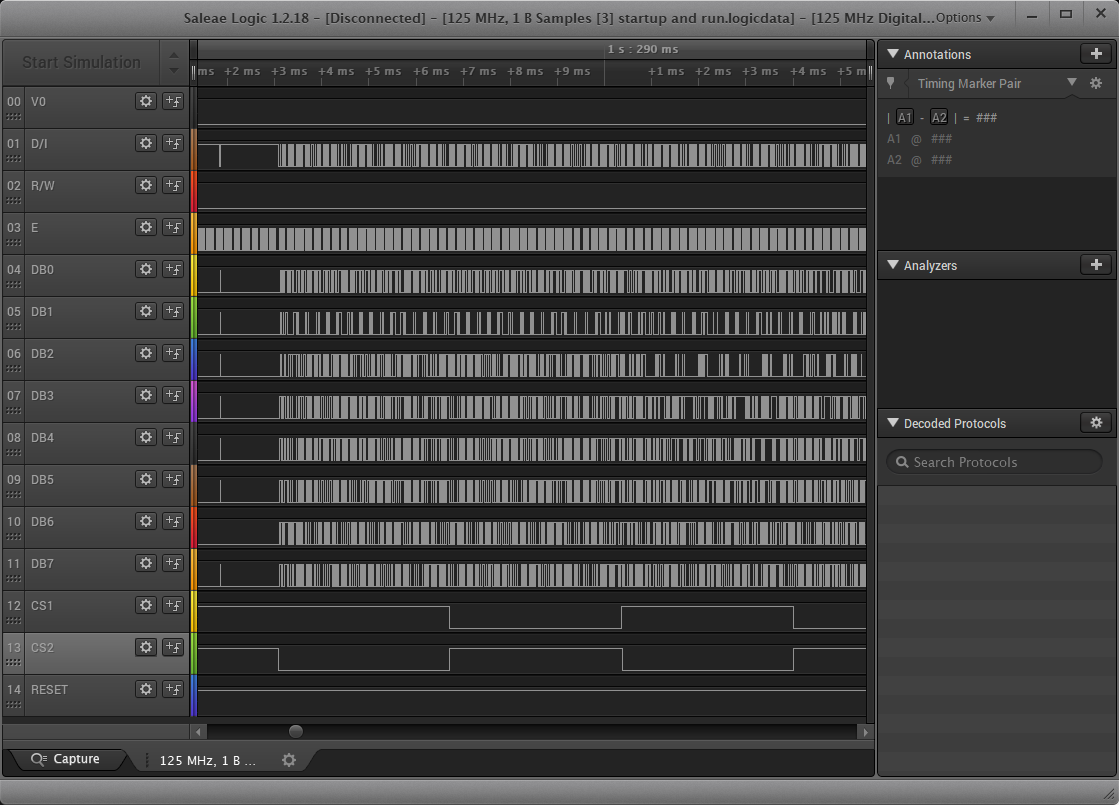
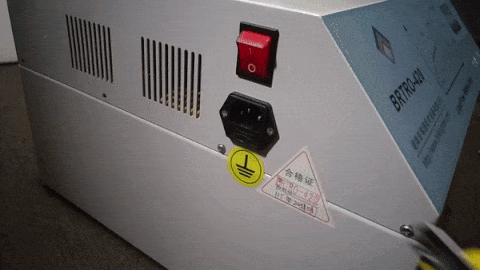
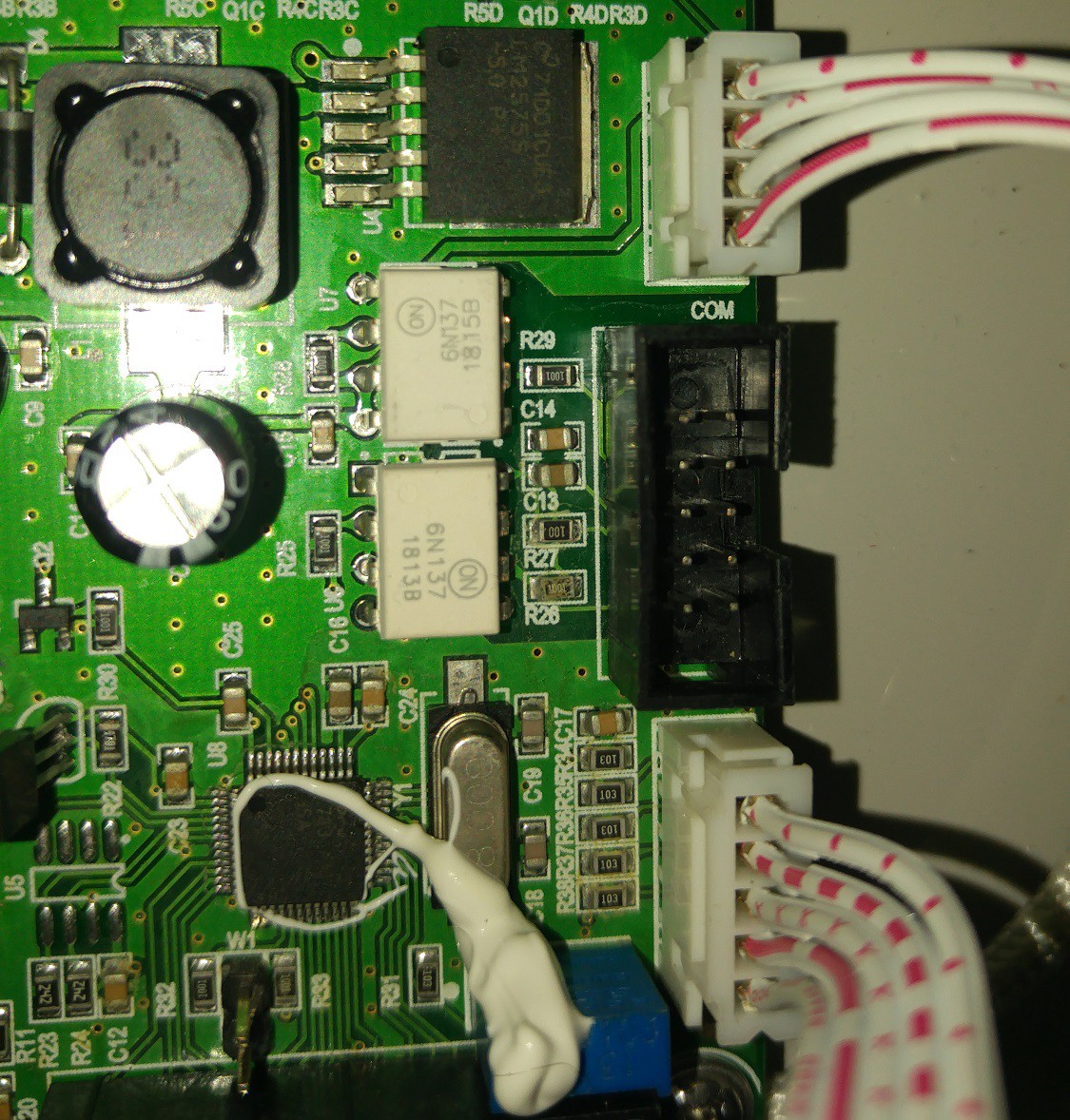
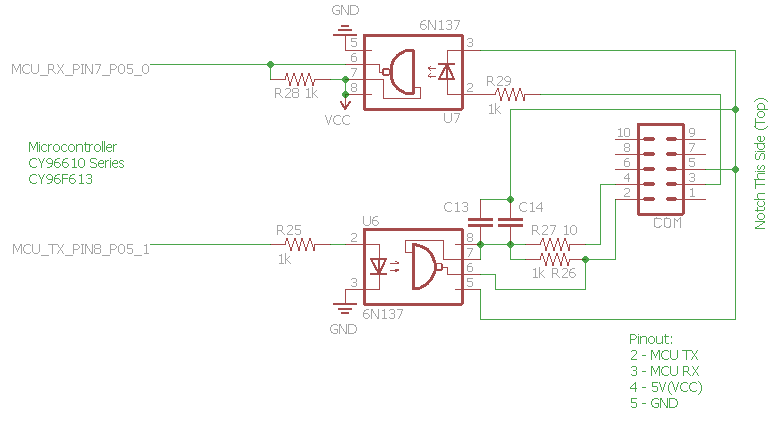 Unfortunately trying to interface with this yielded no results. Looking further into the CY96F613 microcontroller datasheets then lead to the fact that this connection is purely used for serial firmware updates. So that was a dead end, apart from recreating the firmware which would effectively brick the machine until it was finished and working.
Unfortunately trying to interface with this yielded no results. Looking further into the CY96F613 microcontroller datasheets then lead to the fact that this connection is purely used for serial firmware updates. So that was a dead end, apart from recreating the firmware which would effectively brick the machine until it was finished and working.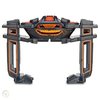
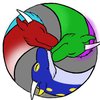
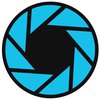
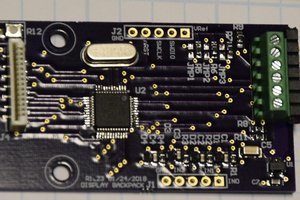
 Bharbour
Bharbour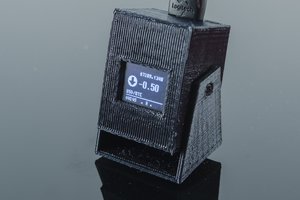
 ACROBOTIC Industries
ACROBOTIC Industries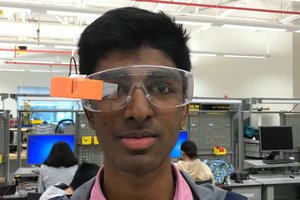
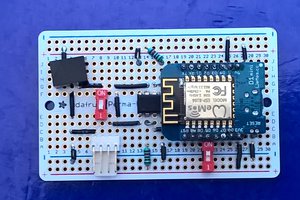
Is this project still alive? I have an old rack mount sampler (Kurzweil K2000RS) that I'd love to make a remote controller with display that this solution would solve. It uses a T6963 based LCD. I can approximate it using MIDI SysEx but the implementation is too slow - I want the display to respond as fast as if using the front panel.